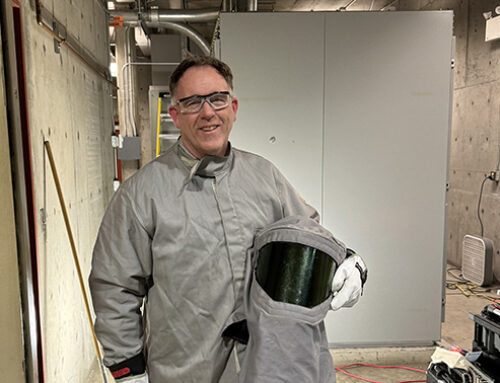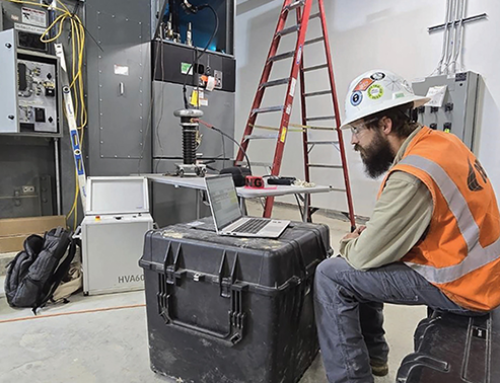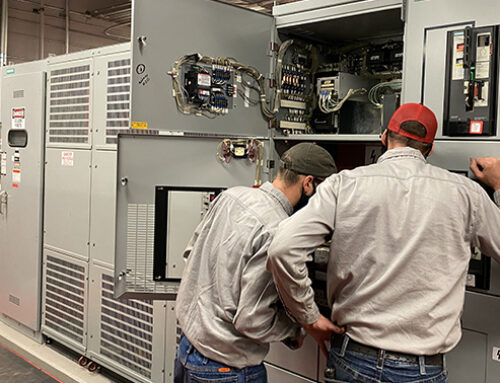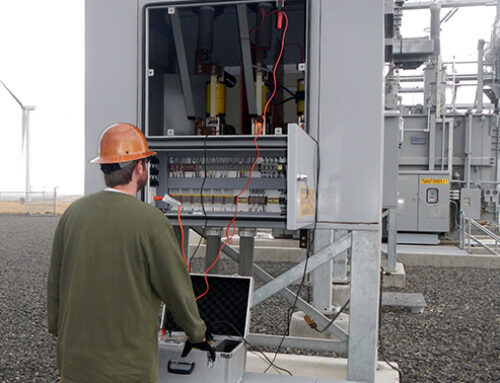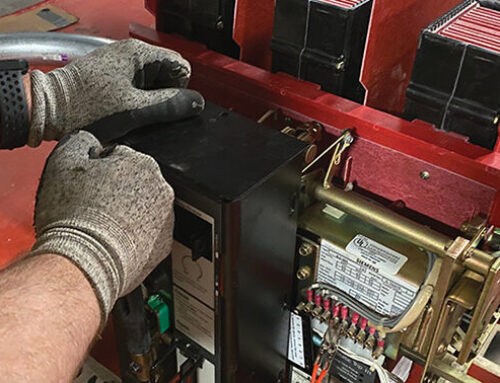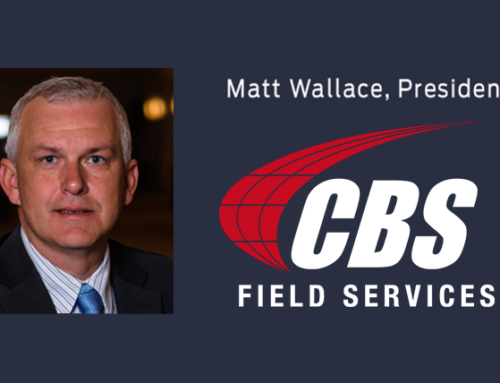Do you need help with electrical maintenance? CBS Field Services has you covered. Here’s a look at the process we use to get you the services you need.
- Preparing for an opportunity
- Sharing documents
- Identifying specifications
- Preparing a proposal
- Meeting to discuss the proposal
- Decision time
- What’s next?
1. Let’s start before you have an opportunity — to avoid having to make a proposal at the last minute. We understand that needs emerge on short notice, and we will do our best to support you, but with more time, our team can provide a more detailed proposal and provide more value in the process.
2. Here is a short list of the documents we need to provide accurate pricing:
- Single-line drawings
- Riser diagrams
- AC and DC control drawings (particularly for MV substation and protective relay controls)
- Applicable specifications. Division 26 and the particular requirements are typically found under the heading “Field Quality Control.”
- A list of any needed specialty test equipment, particularly for low-voltage circuit breakers
3. Identify and discuss specifications that need additional clarification. It’s important to review specifications to ensure that they are applicable and appropriate for the testing that needs to be done to provide a safe and reliable system, without creating undue financial burden. Given enough time, we can prepare a request for information (RFI) or facilitate a discussion with the engineering firm that provided the specification. Common areas where clarification is beneficial include:
- Low-voltage cable system testing, which does not typically have a size standard. Testing large conductors from main switchboards makes sense for third-party testing. Testing of branch circuits, however, doesn’t make good financial sense. There is an opportunity to eliminate all third-party testing of low-voltage cables and obtain approval for the electrical contractor to self-perform these tests.
- Low-voltage breaker testing, which does not typically specify a size standard. This means there could be an expectation for testing small breakers. We recommend a size standard of 400 A or more.
- Ground fault protection system testing: IAW NEC
4. When we begin to prepare a proposal, additional questions often arise. For example: How many mobilizations to the job site are expected?
5. The proposal lays out our pricing and what is included. We present it to clients and discuss it (in person or virtually) to:
- Ensure that basic equipment counts are accurate
- Address any details that may have been missed
- Compare proposals and discuss potential gaps between ours and those of other testing service providers. Some gaps we have uncovered over the years relate to expectations about the number of mobilizations, the amount of support required from the client, and functional testing of AC and DC control circuits.
Note: We strive to provide the highest-quality service, and this translates to our proposals as well. We aim to be comprehensive and to avoid any adders once a project has started.
6. It’s decision time. Our team loves to hear yes, but we understand that we can’t win them all, so no is an acceptable answer. (It’s also great if you are willing to help us improve our proposal process by sharing why we lost the project.)
7. What’s next? Let’s go back to step 1 and begin learning what projects are coming up and how our team can help you win more work and deliver high-quality products to your customers.
To get started, contact us today!



